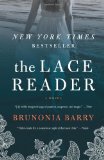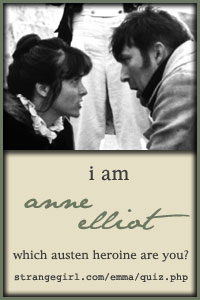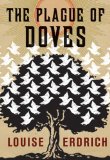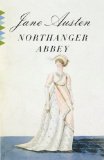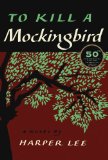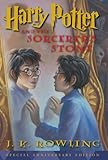Brunonia Barry’s novel The Lace Reader is an intricate and fascinating read. Barry’s description evokes a setting that is easy for the reader to picture and her characters are memorable. Towner Whitney narrates most of the novel, and readers would do well to pay particular to the first two sentences in which she introduces herself. I make a habit of checking a book to see how many chapters, parts, and pages it has, and I inadvertently saw something on a page near the end that gave away the ending, but I enjoyed seeing it unravel nonetheless. Do yourself a favor if you read it, and don’t peek. The surprise is better.
Towner returns to Salem after 15 years when she discovers Eva, whom Towner refers to as her aunt, is missing. As the novel progresses, the reader learns that Towner has stayed away to escape some horrible memories from her past, when her twin Lyndley committed suicide at the age of 17 and Towner herself confessed to a murder that had not taken place. She meets and becomes close to Rafferty, the detective assigned to look into Eva’s death and also into subsequent events.
My favorite character was Ann Chase, whom Barry describes as the second most famous witch in Salem after Laurie Cabot. She was no-nonsense, funny, and strong. I also liked Eva, who has died by the time the narrative begins, but whose personality is revealed through other characters’ memories of her.
The title comes from a fictional means of divination called lace reading, which is practiced by Eva, May, and occasionally Towner, though Towner blames her sister’s death on lace reading and refuses to practice it afterward.
More than anything else, this novel is about abuse and its toll on the human psyche. I found the book to be really interesting, and it wouldn’t surprise me if lace reading becomes a popular means of fortune telling as a result of the novel. Barry says that she wrote the novel as a “heroine’s journey,” influenced by the ideas of Joseph Campbell. She wondered how the woman’s journey as a hero would be different from that of the man. I’m not sure, after reading it, that I see Joseph Campbell’s monomyth in the novel. However, I do see a sort of journey in it, and I’m glad I went on that trip.
